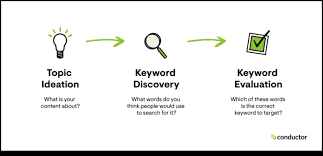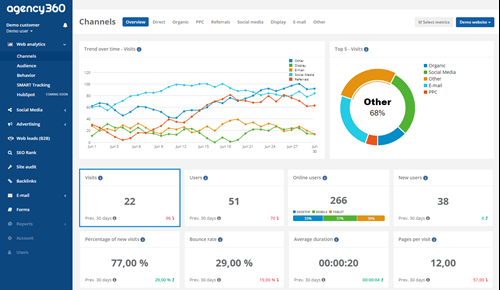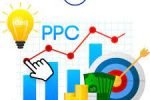In the fast-paced world of digital marketing, businesses are constantly looking for ways to drive more traffic to their websites. One of the most effective methods is Pay-Per-Click (PPC) advertising. When executed correctly, PPC campaigns can generate instant visibility, attract targeted visitors, and boost conversions. In this guide, we’ll explore how you can use PPC ads to maximize your website traffic.
Understanding PPC Advertising
PPC (Pay-Per-Click) is a digital marketing strategy where advertisers pay a fee each time their ad is clicked. Instead of earning traffic organically, businesses can bid for placements in search engine results or social media platforms. Google Ads and Facebook Ads are among the most popular PPC platforms, allowing businesses to target users based on demographics, interests, and search behavior.
Explore our expert PPC management services here.

1. Selecting the Right Keywords
The foundation of a successful PPC campaign lies in keyword selection. Use tools like Google Keyword Planner to identify high-traffic, low-competition keywords. Incorporate long-tail keywords for higher conversion rates and a lower cost-per-click (CPC).
For instance, instead of bidding on “SEO services,” opt for “affordable SEO services for small businesses.” This helps attract the right audience while keeping ad spend optimized.
Discover more about SEO optimization here.

2. Crafting Engaging Ad Copy
Your ad copy should be compelling, concise, and action-driven. Here are a few key elements to include:
- Headline: Grab attention with clear and direct messaging.
- Description: Highlight the benefits and unique selling points of your service.
- Call-to-Action (CTA): Encourage users to take action (e.g., “Get a Free Consultation Today!”).
Learn more about our content writing strategies here.
3. Optimizing Landing Pages
Clicking an ad is just the first step; the real conversion happens on your landing page. Ensure that your page:
- Loads quickly (under 3 seconds).
- Is mobile-friendly.
- Has a clear CTA (Call-to-Action).
- Provides valuable content that aligns with the ad.
A well-optimized landing page improves your Quality Score, reducing CPC and increasing ad placement efficiency.
4. Utilizing Google Ads and Facebook Ads
- Google Ads: Best for targeting users actively searching for your services. It includes Search Ads, Display Ads, and Shopping Ads.
- Facebook Ads: Ideal for brand awareness, remarketing, and audience engagement based on interests and behaviors.
Boost your business with expert Google Ads management here.
5. Implementing Retargeting Campaigns
Not all visitors convert on their first visit. Retargeting helps bring potential customers back to your site by displaying relevant ads across different platforms.
By leveraging Google Ads Retargeting and Facebook Pixel, you can re-engage users who previously interacted with your website, increasing conversion rates.
Explore our expertise in Facebook Ads and Email Marketing here.
6. Tracking Performance and Optimization
PPC success relies on continuous monitoring and optimization. Use tools like Google Analytics and Google Ads Manager to track key metrics:
- Click-Through Rate (CTR)
- Conversion Rate
- Cost-Per-Click (CPC)
- Return on Ad Spend (ROAS)
By analyzing these metrics, you can tweak your campaign to maximize ROI and ensure consistent traffic growth.

Final Thoughts
PPC advertising is a powerful strategy to drive high-quality traffic and increase conversions. By selecting the right keywords, crafting engaging ad copy, optimizing landing pages, and implementing retargeting, you can achieve outstanding results.
Want expert help in setting up your PPC campaign? Contact Social Media Max today and let our specialists handle your digital marketing needs!
📞 Call us at 0161 399 3517
📧 Email us at Syed_66@hotmail.com
🌐 Visit our website: Social Media Max

